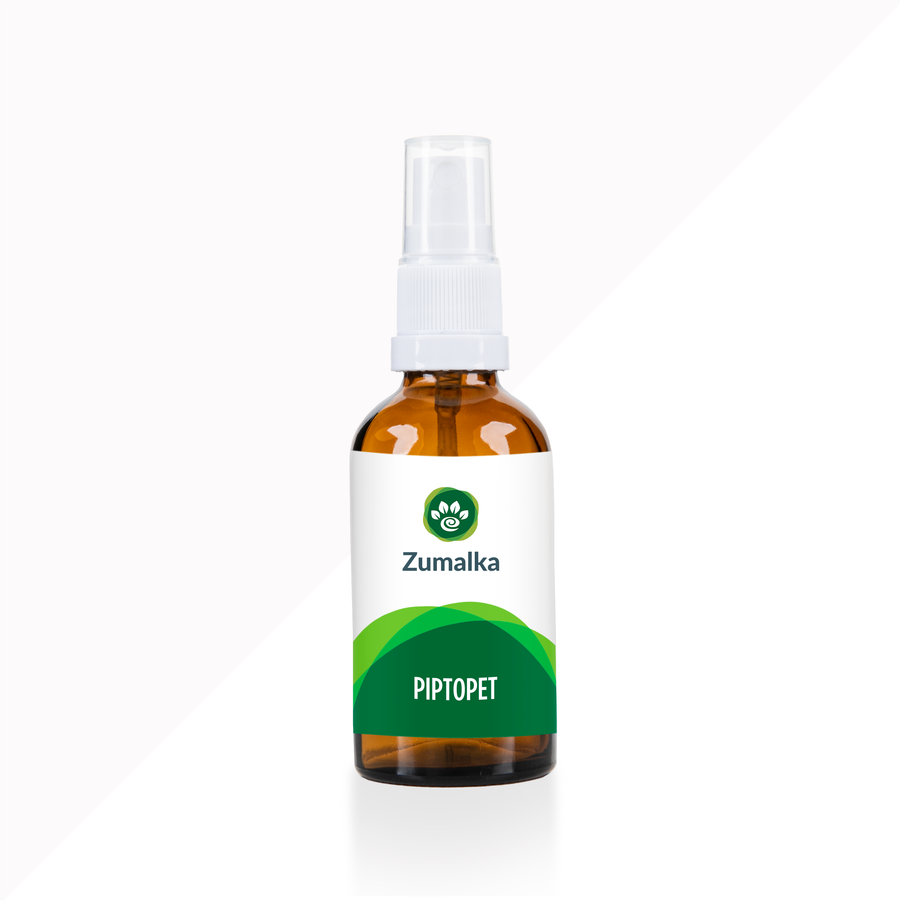Is Cancer in Dogs Painful? Here’s the Answer
One very peculiar characteristic dogs have is their ability to hide any pain and discomfort that they may be experiencing. And this is one of the biggest reasons why detecting canine cancer can be rather tricky.
-
Click to learn more : 👉 Natural pain reliever and anti-inflammatory support for CANCER IN DOGS 🐶
So this brings us to the million-dollar question: is cancer in dogs painful? Make sure you follow along because I will not just walk you through the answer in just a bit, but also get you in on some other helpful pieces of information.
Let’s kick things off by going over the common types of dog cancer…
Common Types of Cancer in Dogs
Unlike what a lot of people mistakenly think, canine cancer does not just pertain to a single disease. There are actually various types of cancer in dogs that your pet is at risk of. These are as follows:
- Fibrosarcoma
- Hemangiosarcoma
- Lymphoma or Lymphosarcoma
- Mast cell tumor
- Melanoma
- Nasal tumors
- Oral cavity tumors
- Osteosarcoma
- Soft tissue sarcomas
The right know-how plays a crucial role in successfully dealing with canine cancer.
The Types of Pain that your Pet may go through during Cancer in Dogs
I’d just like to begin by saying that the levels of pain and discomfort that your canine family member could experience during cancer are not going to be consistent. There are a few important factors to consider when trying to gauge the same.
If the cancer is still in its early stages, chances are it will just set off very minimal amounts of discomfort that your pet could easily shrug off. The sensations your furbaby may undergo during this phase can be likened to that of a quick pinch or some light pressure on the affected body part.
On the other hand, the pain will become significantly amplified once the disease is already well-established in a particular area or has spread to a different part of the body via metastasis. This is the time when noticeable indicators of pain—such as groaning, limping and crying—will already be apparent.
Moreover, this is also the biggest reason why being familiar with the signs of cancer in dogs is essential if you have a canine family member.
Potential Sources of Pain during Dog Cancer
For the next part of our discussion, let’s tackle the potential sources of pain that your pet may suffer from when he is afflicted with canine cancer…
#1: Open wounds, sores and lesions
One of the possible indicators of cancer in dogs is the appearance of persistent wounds, sores and lesions like in the case of skin squamous cell carcinoma in dogs. Besides being prone to infection, these also tend to become more tender and painful over time.
#2: Constricted airway
Some forms of canine cancer, such as lung cancer and late stages of hemangiosarcoma in dogs, can make it severely difficult for your pet to breathe. Even the slightest amount of activity can set off the whole thing. Moreover, this is a prominent symptom of cancer in dogs, especially if your pet is still quite young.
#3: Nerve damage or cramping
It’s not uncommon that tumors exert a great amount of pressure on nerves when they’ve already become quite big. Sometimes a tumor can even “pinch” a group of nerves at once, leading to sudden stiffness and even immobility in some cases.
#4: Bathroom issues
Canine bladder cancer and malignant rectal tumors often have drastic negative effects on a dog’s bathroom routine. They can make “doing the business” extremely difficult, particularly when the cancer is already well-established. The most notable sign of this factor is repeated, hard straining.
Why Pain during Cancer in Dogs should be Managed and Dealt with Properly
At its simplest, pain occurs during canine cancer because it is the reaction that a dog’s body manifests to indicate that something is intruding on it. It can be anywhere from very slight or just perceptible to extremely severe. And not managing this the right way can really affect your pet’s overall quality of life.
But here’s the thing, though. Whether you’re dealing with cancer in dogs or some other pet health issue, it’s not enough to only get your hands on a pain reliever for your canine family member. It also has to be reliable and must not have any adverse side effects at all.
A Natural Pain Reliever and Anti-inflammatory you should Check Out
 Zumalka’s TONICPET #4 is formulated to promote healthy oxygen circulation throughout your pet’s body while supporting his immune response at the same time. Apart from being a side effect-free choice to relieve sprains, strains, fractures and bruises, this product can also help stave off weakness, fatigue, iron deficiency as well as a low red blood cell count.
Zumalka’s TONICPET #4 is formulated to promote healthy oxygen circulation throughout your pet’s body while supporting his immune response at the same time. Apart from being a side effect-free choice to relieve sprains, strains, fractures and bruises, this product can also help stave off weakness, fatigue, iron deficiency as well as a low red blood cell count.
TONICPET #4 is made from high-quality natural ingredients and uses a gentle holistic approach to optimize pain relief results for your pet. Whether you’re looking for a go-to pain reliever for your dog or taking your home pet care kit to a whole new level, this product is definitely one option to consider.
A Quick Recap
A dog afflicted with canine cancer is prone to various types of pain depending on the severity of the disease. This is the biggest reason why having a trusted anti-inflammatory and pain reliever as early as now is a must for all dog parents to ensure your pet’s overall quality of life at all times.
And while we’re on the subject, I’d just like to reiterate the importance of connecting with a pet homeopathy professional when dealing with cancer in dogs as well as other health problems. You can simply contact us to get in touch with one at any time.








Hi Donna,
That’s great news! We are here if you need further guidance.
Dear Angela,
I would like to convey my deepest sympathy to you.
May memories of love, joy and friendship sustain and comfort you in the loss of your beloved pet.
You are in our thoughts,
Zumalka Family
This is about dogs but my cat just died with lymphoma and now I’m worried that she was in pain. She seemed comfortable but cried some when I picked her up. Heartbreaking and I probably failed miserably when she needed relief. 😭😭
I use Tonic Pet #4 for my Marley with Mast Cell Tumors and she seems to be comfortable even while taking chemotherapy. .
Leave a comment